Part of my mission at Fed by the Farm is sharing simple whole food recipes made with ingredients sourced from local farms. So what is a whole food diet, and what does it mean for a recipe to be made with whole foods?
Let’s dive into answering those questions and more!
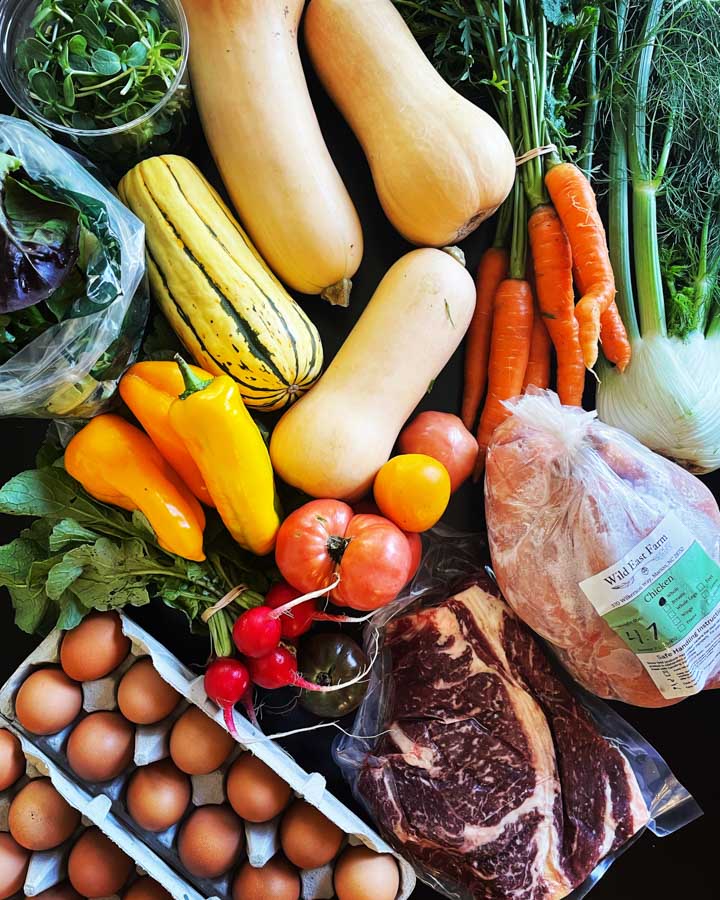
Table of Contents
- What is Whole Food
- How to Shop for Whole Food
- Benefits of a Whole Food Diet
- Whole Food Recipe Swaps
- Frequently Ask Questions
First, a whole food diet is not a weight-loss strategy or fad. (You’ll never see me promote those here at Fed by the Farm.)
In fact, whole food isn’t even a diet, it’s a way of life. A whole foods diet is what humans have been eating for thousands of years, before processed food became a mainstay in kitchens during the 20th century.
What is Whole Food?
Think of whole food as something you’d eat in its whole, natural form. Whole foods are unprocessed, or only minimally processed, before being consumed or used in a recipe.
One way to recognize whole unprocessed foods is they do not have an ingredient list. Whole food just is. It exists in nature, no one needs to create it.
Let’s look at some examples of what whole food is and isn’t.
Examples of Whole Unprocessed Foods
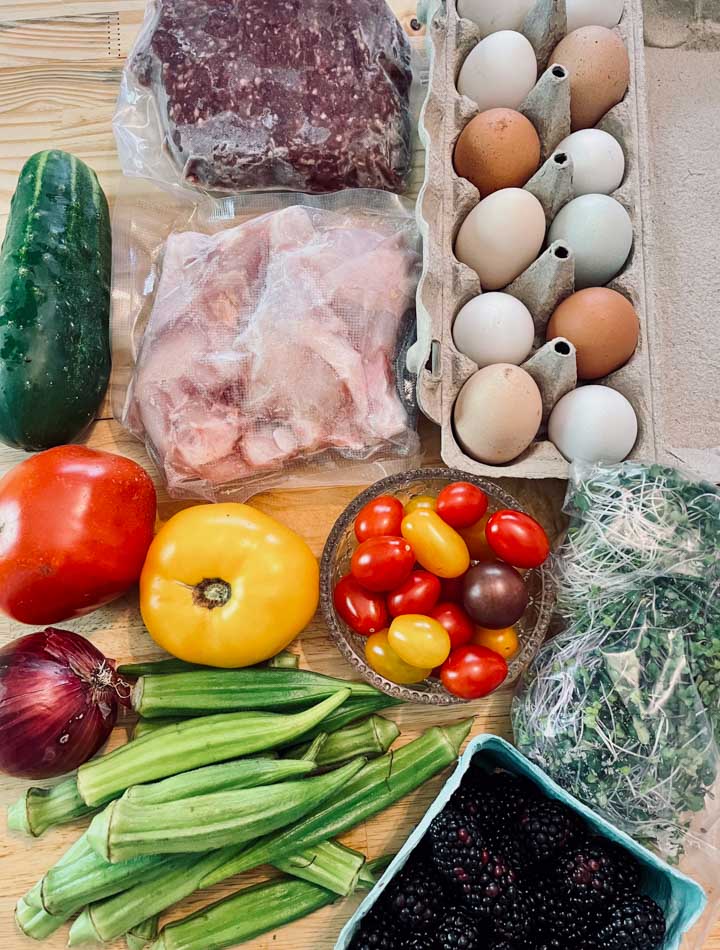
This is whole food in its natural state. Nothing has been added or taken away.
- Fresh vegetables (ex. tomatoes, carrots, asparagus)
- Cuts of meat or fish (ex. chuck roast, chicken breast, salmon, eggs)
- Fresh fruits (ex. blackberries, apple, watermelon)
- Nuts
- Raw milk
Examples of Minimally Processed Whole Foods
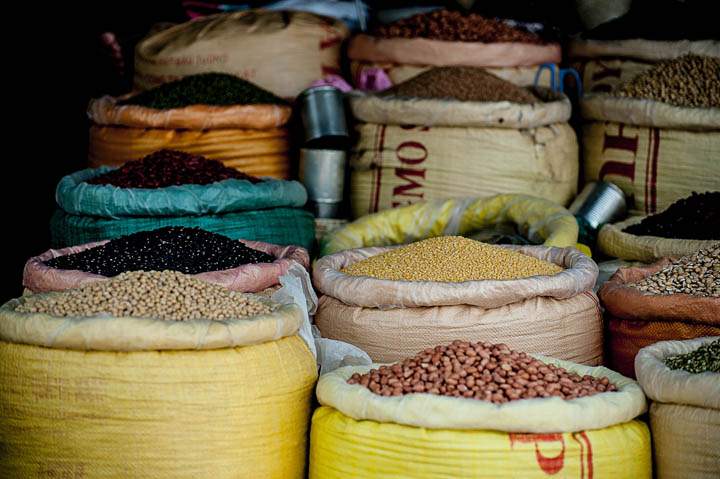
Minimally processed whole foods are whole foods that have been processed in some small way.
They may be frozen, dried, peeled or chopped before you buy them. Minimally processed whole foods do not contain an ingredient list, except maybe bacteria cultures in the case of yogurt.
- Dried herbs
- Frozen fruit
- Quinoa, brown rice, lentils
- Whole wheat flour
- Dairy products such as butter and raw cheese
- Plain unsweetened yogurt (aka fermented milk)
- Steel cut oats
Examples of Processed Food (These Are Not Whole Foods)
Foods that contain an ingredient list, or that have been heavily processed into the form you see at the grocery store, are not whole foods.
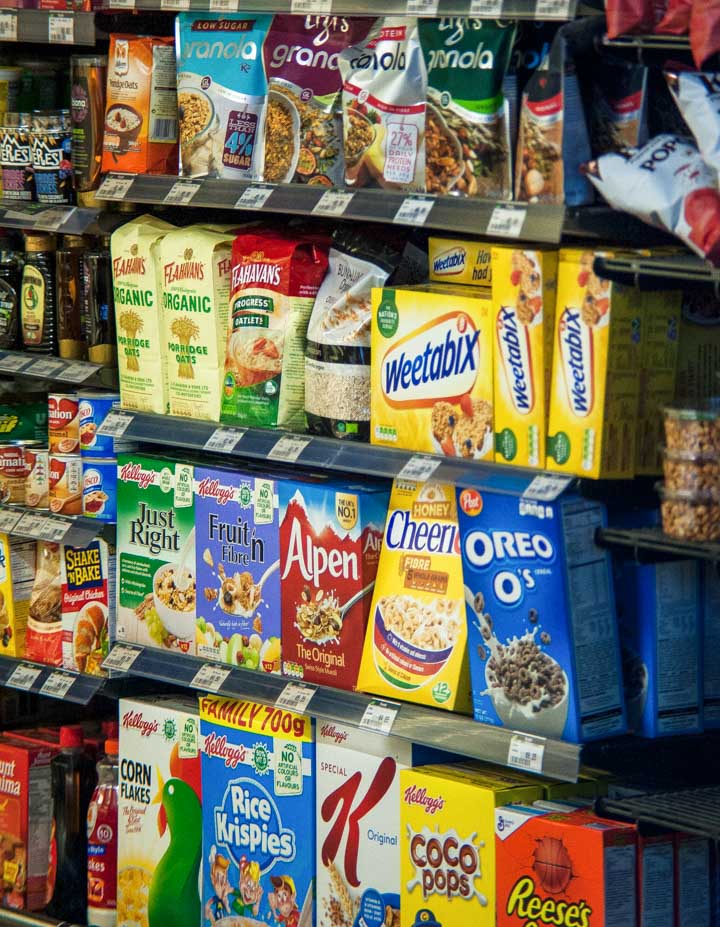
Ultra-processed foods include:
- Canned soup
- Crackers
- White bread
- Vegan burgers
- Canned fruit packed with syrup
- Breakfast cereal
- Snack bars
- Potato chips
I hope those examples help clear up what is and isn’t a whole food. If you’re still unsure, feel free to post in the comment section below and I’ll weigh in.
How to Shop for Whole Food
If you’re shopping for whole foods, it’s helpful to have a quick check you can make before putting something into your grocery cart.
It doesn’t need to be complicated or time-consuming. Just ask yourself these two questions when shopping for whole food:
- Does this have an ingredient list?
- Is this something I could find existing in nature?
If it has an ingredient list, or you couldn’t find it existing in nature, it’s not a whole food.
Benefits of a Whole Food Diet
In a world where convenience can easily take precedence over nutritional value, understanding the health benefits of a whole food diet is motivating.
After all, in modern times a lot of us are working a full-time job, taking care of kids, volunteering, and on and on. It can be hard to find time to cook real foods from scratch.
But the rising incidence of chronic diseases, high blood pressure and obesity (largely attributed to the Standard American Diet) drives home the urgency of reevaluating our relationship with food.
Let’s look at 5 ways that a whole food diet can set us on a path towards a genuinely healthy lifestyle. Including lowering our risk of chronic disease.
1. Nutrient Density
Eating a whole food diet ensures a higher intake of important nutrients.
Whole foods, such as fruits, vegetables, whole grains, and proteins, are rich in vitamins, minerals, antioxidants, and fiber. Unlike processed foods that are stripped of nutrients during manufacturing, whole foods provide a diverse range of essential nutrients that support overall health.
This nutrient density not only fuels your body, it also bolsters the immune system, promotes optimal organ function and aides in the prevention of various health problems.
2. Digestive Health
Many whole foods are packed with dietary fiber, which plays a crucial role in maintaining digestive health.
Fiber promotes regular bowel movements, prevents constipation and supports a healthy gut microbiome. The presence of natural fiber in whole foods also helps regulate blood sugar levels and can contribute to a feeling of fullness, aiding in weight management.
Unlike processed foods, which often contain additives and preservatives that alter the balance of your microbiome, a whole food diet supports the smooth functioning of the digestive system.
3. Stable Energy Levels
Whole foods provide a sustained and balanced source of energy throughout the day. Unlike the rapid spikes and crashes associated with processed foods high in refined sugars and simple carbohydrates, the complex carbohydrates found in whole foods release energy gradually.
This helps maintain stable blood sugar levels, preventing fatigue and promoting sustained mental focus.
Additionally, the presence of healthy fats and proteins in whole foods contributes to a well-rounded and enduring energy supply, making us less reliant on quick fixes like caffeinated beverages or sugary snacks.
4. Weight Management
Adopting a whole food diet can be instrumental in achieving and maintaining a healthy weight. Whole foods are typically lower in calorie density and higher in nutritional value, making it easier to manage caloric intake without sacrificing essential nutrients.
Furthermore, the fiber content in whole foods promotes satiety, reducing the likelihood of overeating.
5. Disease Prevention
Numerous studies suggest that a whole food diet is associated with a lower risk of chronic diseases, including cardiovascular disease, diabetes and certain types of cancer (1, 2).
The array of vitamins, minerals, and antioxidants found in whole foods have been shown to have protective effects on the body. For example, the antioxidants in fruits and vegetables help combat oxidative stress and free radicals, which are implicated in the development of certain types of cancer.
Next let’s look at some recipe swaps you can make at home to enjoy more natural foods.
Whole Food Recipe Swaps
Here in the United States it’s quite common to cook meals with processed ingredients. You may not even realize how often you’re serving heavily processed homemade meals in your own kitchen.
Campbell’s knows how convenient processed ingredients can be. They boosted sales over 100 years ago when they started publishing easy meal recipes made with a can of soup.
Today these recipes are commonplace in many homes around the world.
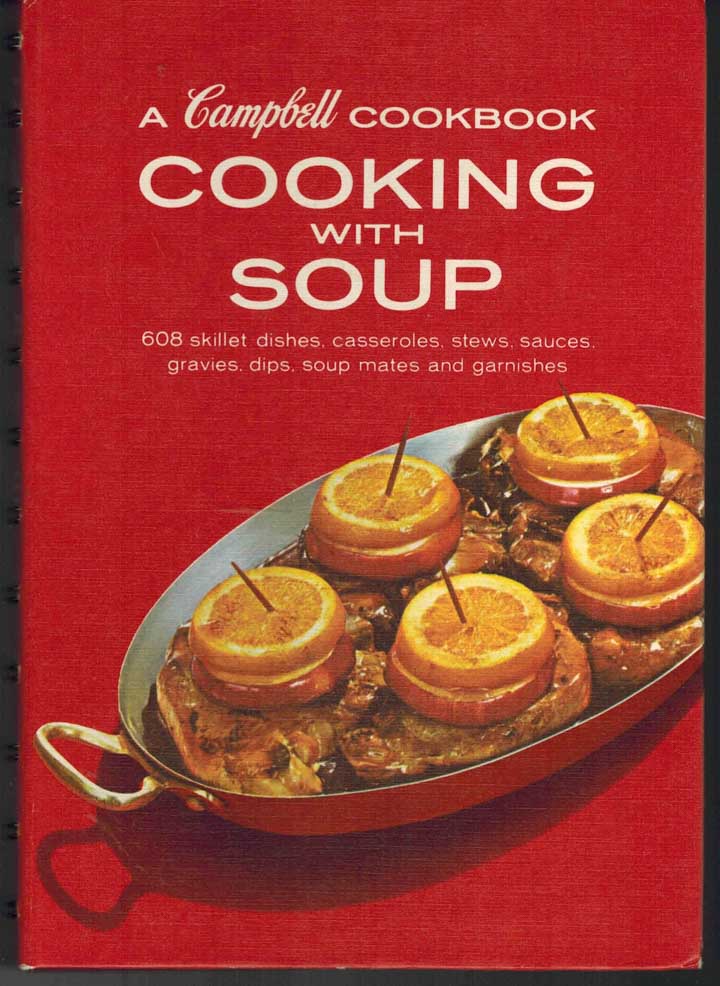
Let’s look at some healthy recipe swaps you can make in your kitchen. These simple recipe swaps take a dish from being made with processed ingredients, to being made with whole food ingredients.
| Instead Of | Make This |
| Green bean casserole with canned cream of mushroom soup and a tin of fried onions | Sauteed Green Beans with Garlic |
| Candied sweet potatoes with sugar and marshmallows | Roasted Acorn Squash |
| Chicken pot pie with canned gravy, rotisserie chicken and a processed pie crust | Chicken Pot Pie from Scratch |
| Boxed cereal for breakfast | Steel Cut Oats with Fruit |
| Salad with store-bought salad dressing | Salad with Homemade Vinaigrette |
| Frozen hash browns for breakfast | Pan-fried or Roasted Potatoes |
| Seasoning meat with a packet of dried soup mix | Season meat with fresh or dried herbs |
| Flavored yogurt from the grocery store | Plain yogurt with fresh fruit and honey or homemade compote |
| Processed vegan burgers from the grocery store | Vegan burgers made with black beans |
Whole Food Diet FAQ
Is a whole food diet vegan?
A whole food diet is not necessarily a vegan diet, but it can be so long as it doesn’t include animal products. That said, whole food isn’t just a thing for those on a plant-based diet. I eat mostly whole foods and enjoy meat, butter and fish on a regular basis.
Another thing to note is that there is a lot of heavily processed vegan food popping up in grocery stores these days. Vegan meat and dairy alternatives are a great example. Just look at the ingredient list on plant-based butter and vegan burgers. It’s often the farthest thing from healthy whole food.
What’s the difference between a raw food diet and a whole food diet?
Raw food refers to whole unprocessed food that is also uncooked. If someone says they are on a raw food diet it means they only eat food in its raw form. A raw food meal plan would include salad, whole fruits, nuts, homemade juice and nut milk, sprouted beans and fermented foods.
Final Thoughts on Whole Foods
I’m so glad you read this far and are taking an interest in learning more about the food you eat. Cooking with whole foods is one of the ways we, as a society, can get back to our roots when it comes to what we eat.
The industrialization of our food system, and the processed convenience foods that it resulted in, is relatively new for humans. Whole foods are what our ancestors ate and for them it was just food.
Follow along here or on Instagram for more whole food recipes, inspiration and encouragement.

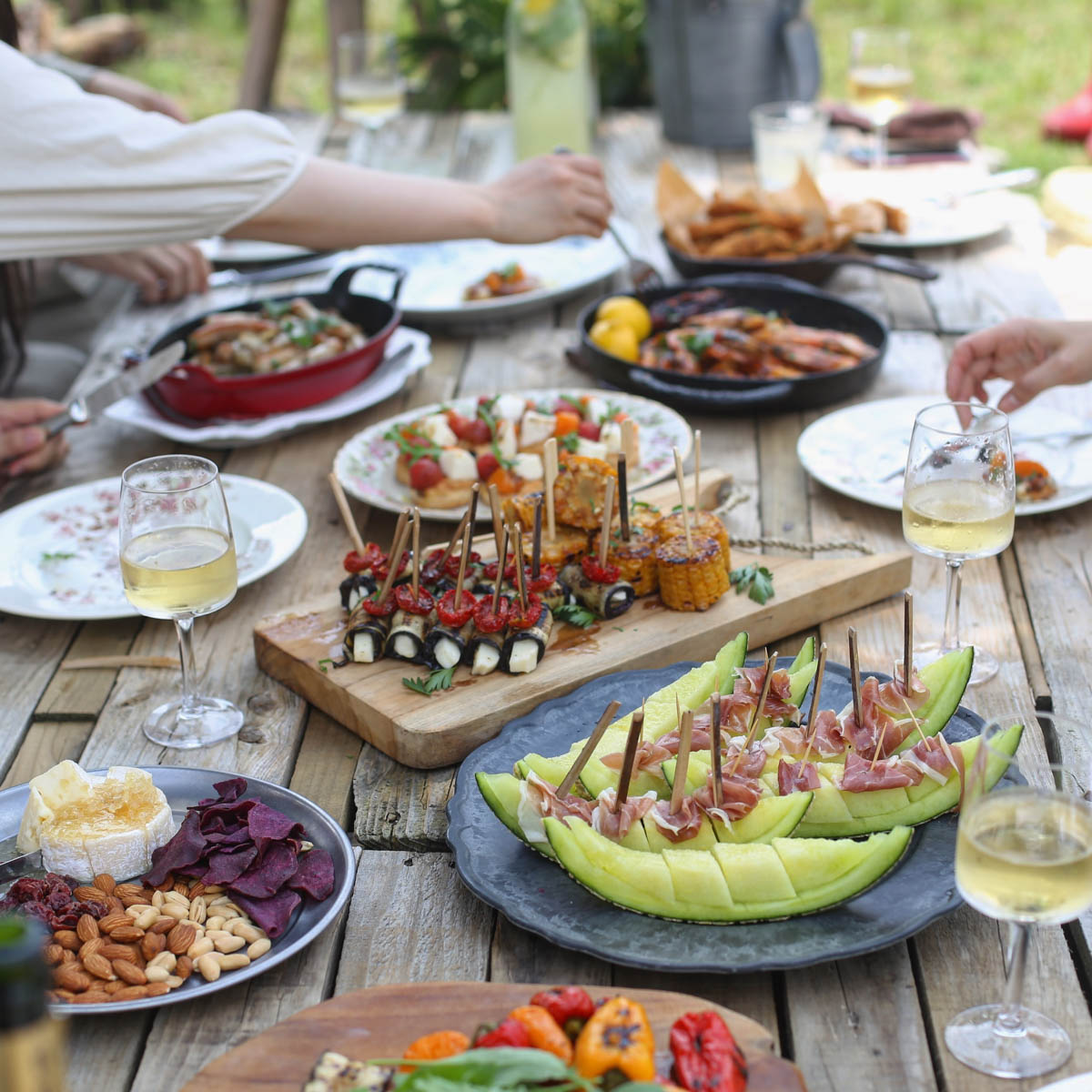
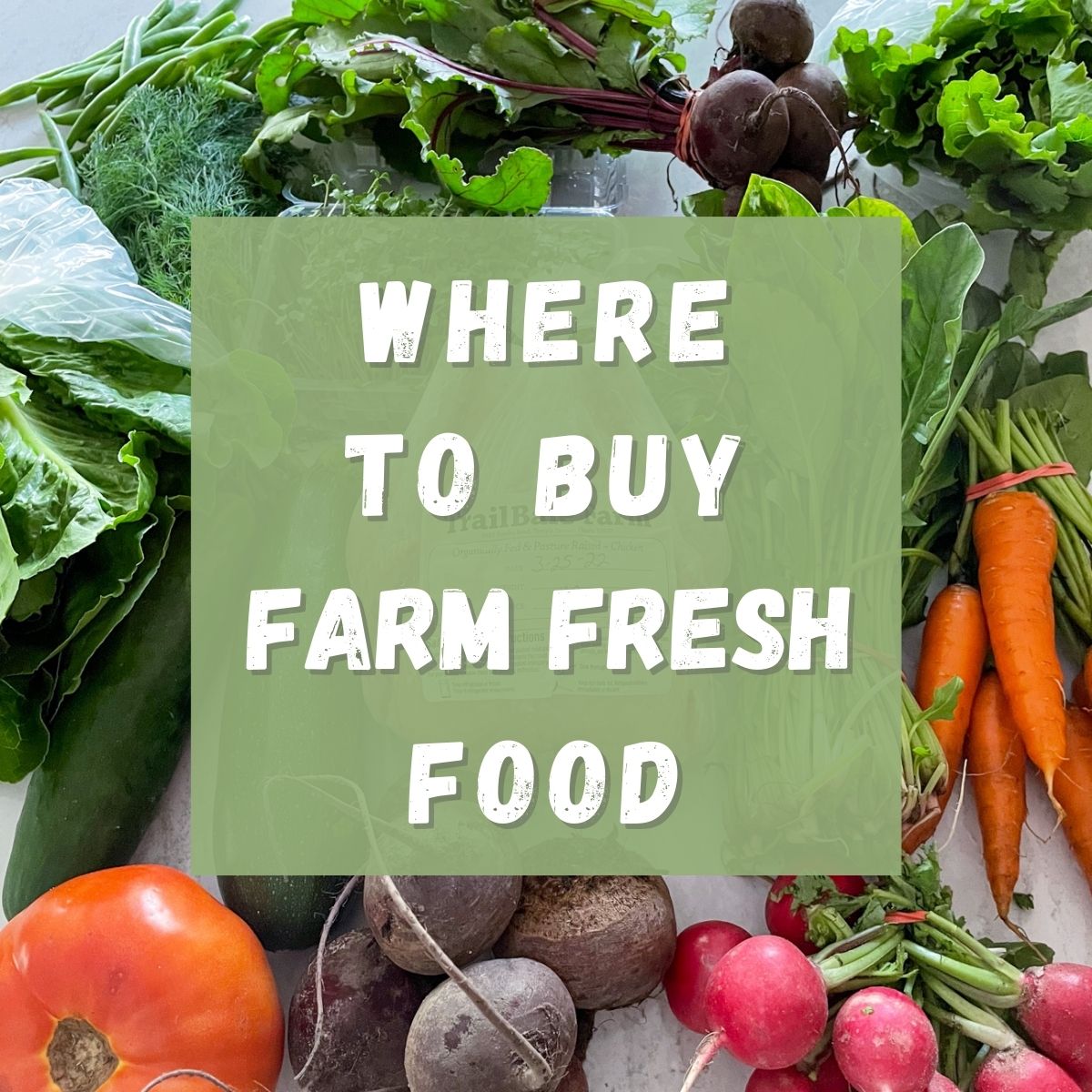



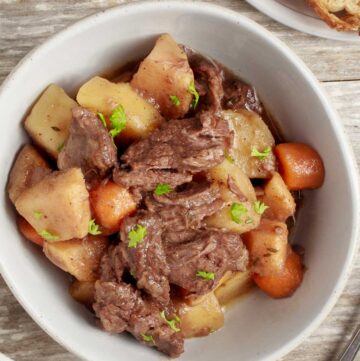

Leave a Reply